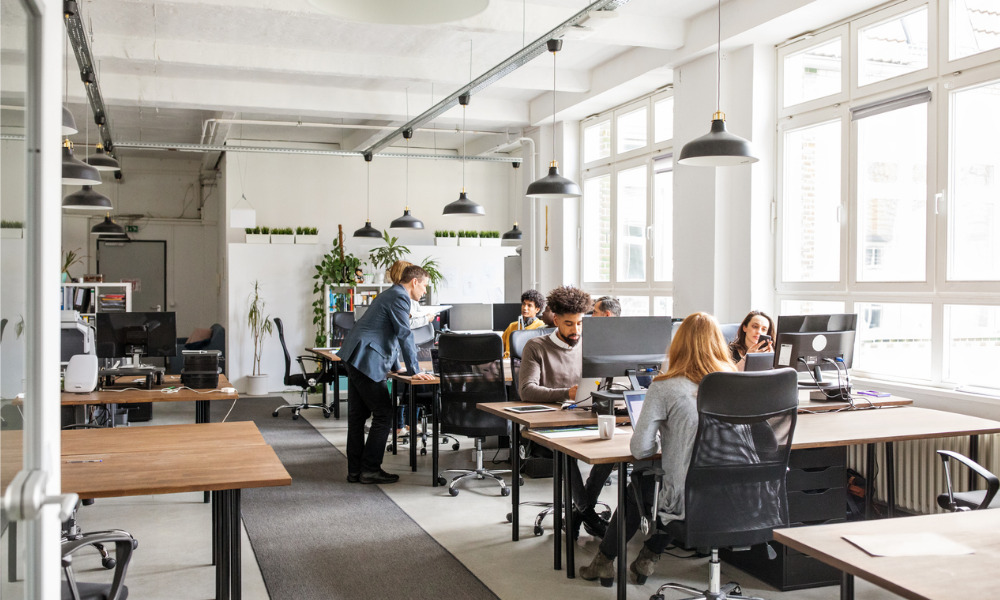
New ventilation research shows how to keep workers safe as they get invited back to offices

With COVID-19 still lingering out there, it is not a surprise that employees are concerned about their safety as they get invited back to workplaces. It is then the responsibility of employers to ensure that their staff feel safe and secure when they get back to physical offices.
To help address this return-to-office concern, the Melbourne government led a first-of-its kind research on ventilation systems, as the Australian city aims to support the return of up to 400,000 CBD office workers.
The new study, dubbed as the BREATH project, tested and evaluated three different ventilation systems in a vacant CBD building in over three months. Systems included in the experiment are: displacement ventilation air conditioning, in-ceiling air filters, and natural airflow through open windows.
The project aims to find out which system would COVID-19 transmission decrease, and which one would consume less energy.
Based on the findings, the government's statement said: "All three ventilation systems reduced the potential transmission of airborne viruses when compared to mixed ventilation, improving safety for office workers."
Displacement ventilation air conditioning, which supplies air from floor level, was the most effective and energy efficient, according to the report. The system reduced COVID-19 transmission by 83%, while reducing energy consumption by 20%. A downside, however, was that it was the most expensive system to install, but it had no additional ongoing maintenance costs.
In-ceiling air filters reduced virus transmission by 49%, but increased energy consumption by two per cent. On the other hand, opening windows reduced virus transmission by 53%, but increased energy use by up to 20% because of seasonal temperature variations.
"Opening windows is not available to all office buildings and is not a viable solution due to Melbourne's climate," read the report's findings.
According to Acting Lord Mayor Nicholas Reece, the pilot was carried out because of the city's aim to safely bring back employees.
"Bringing people back to the city safely remains a key priority for the City of Melbourne, and that's why we have undertaken this pilot study," said the official in a statement. "This industry-leading research has identified simple but effective changes that can be implemented in office buildings to help workers feel safe, comfortable and protected."
The study is available for free online, and Reece urged employers to adopt them to create health workspaces.
"We encourage building owners, tenants and partners to take them on board, and to help us create more healthy and sustainable workspaces in the CBD."
The study was led by the Melbourne City government, and was delivered in partnership with Cbus Property, University of Melbourne, AG Coombs, SEED Engineering and Westaflex. It was peer reviewed by AURECON.